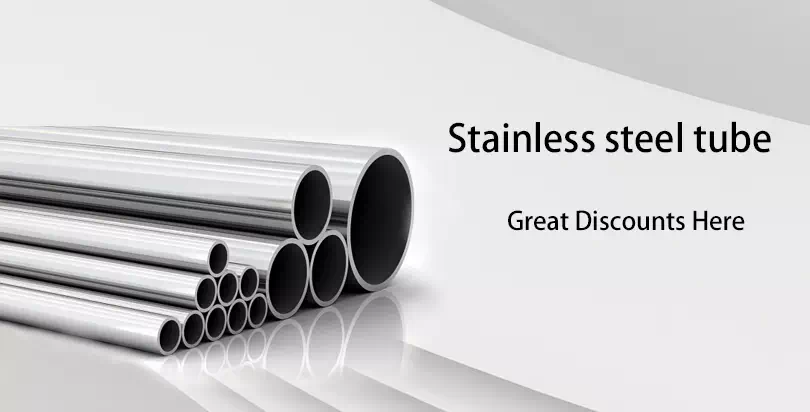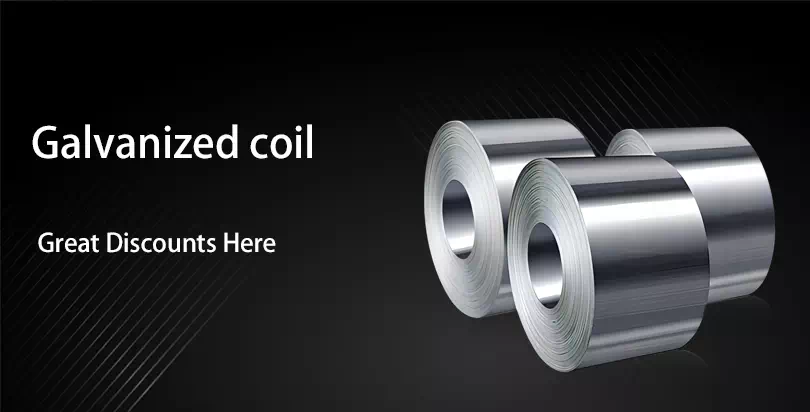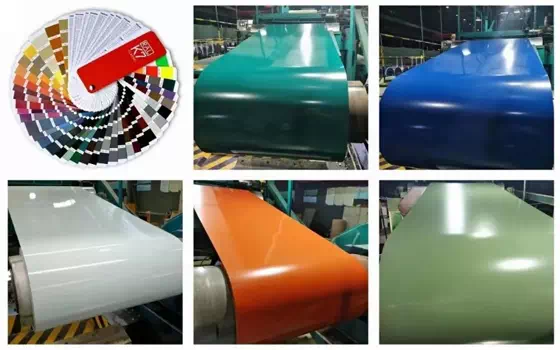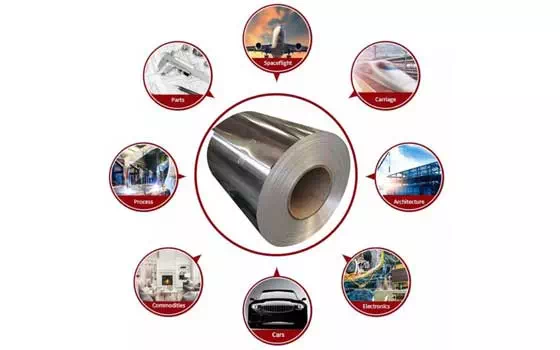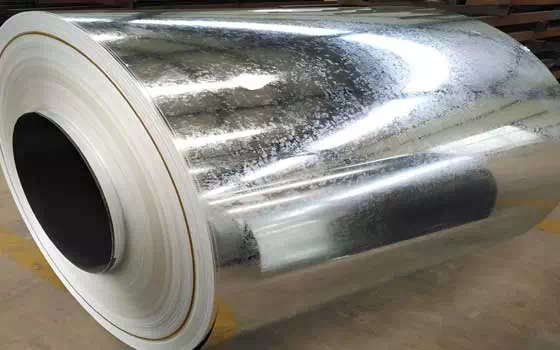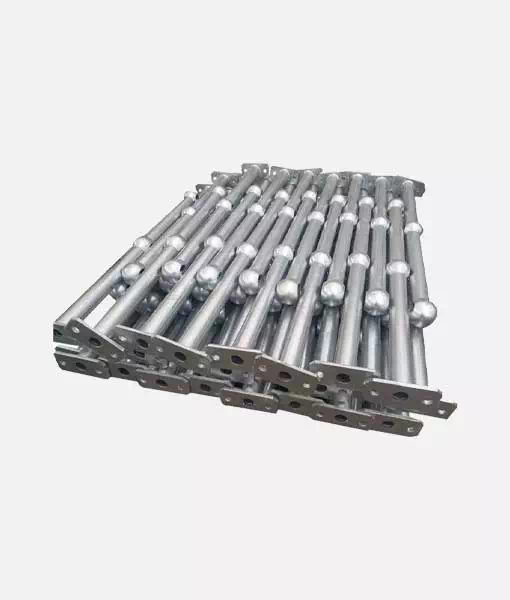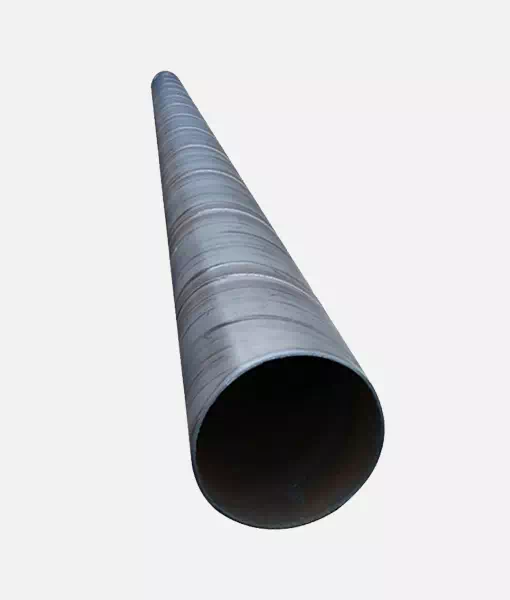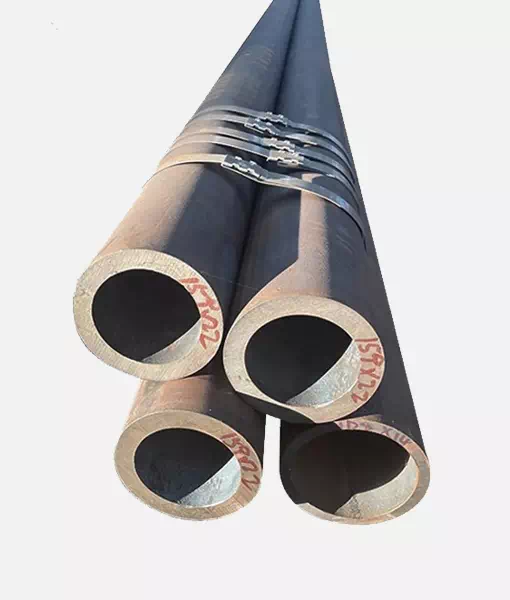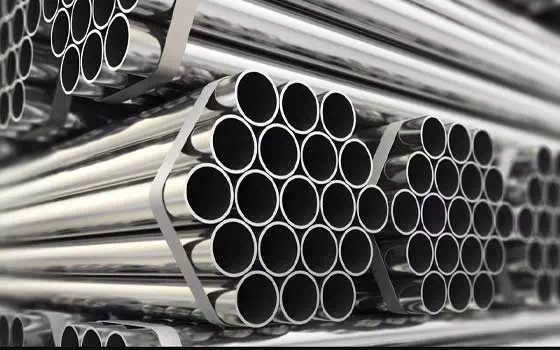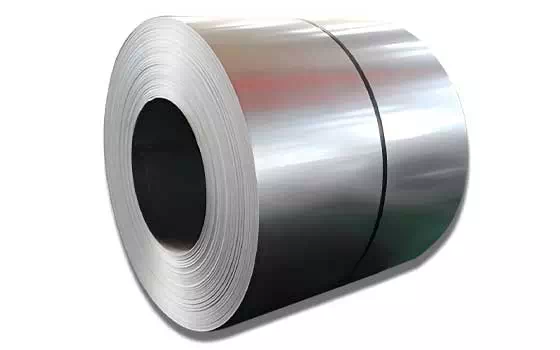1. What is stainless steel?
According to the definition in GB/T20878-2007, stainless steel is a steel with rust resistance and corrosion resistance as its main characteristics, with a chromium content of at least 10.5% and a maximum carbon content of 1.2%.
Stainless steel is the abbreviation of stainless and acid-resistant steel. Steels that are resistant to weak corrosive media such as air, steam, and water or are stainless steel are called stainless steel; The steel grade is called acid-resistant steel.
Due to the difference in chemical composition between the two, their corrosion resistance is different. Ordinary stainless steel is generally not resistant to chemical media corrosion, while acid-resistant steel is generally non-corrosive. The term “stainless steel” refers to a single type of stainless steel and refers to more than one hundred industrial stainless steel. Each stainless steel developed has good performance in its specific application field. The key to success is to understand the purpose first, and then determine the correct steel grade. There are usually only six types of steel related to the application of building construction. They all contain 17-22% chromium, and better steel grades also contain nickel. The addition of molybdenum can further improve atmospheric corrosion, especially the corrosion resistance of the chloride-containing atmosphere.
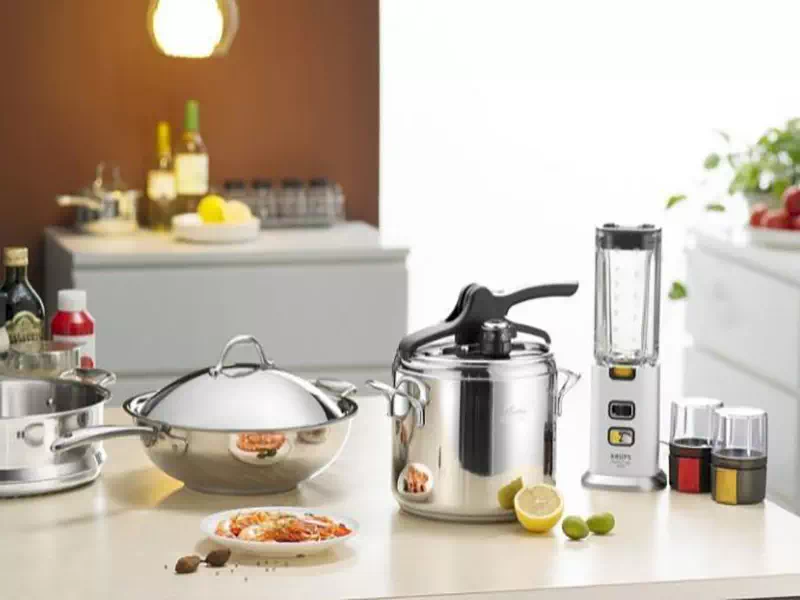
2. Classification of stainless steel
Stainless steel is often divided into martensitic steel, ferritic steel, austenitic steel, austenitic-ferritic (duplex) stainless steel and precipitation hardening stainless steel according to the state of organization. In addition, it can be divided into chromium stainless steel, chromium nickel stainless steel and chromium manganese nitrogen stainless steel according to the composition.
3.What is food-grade stainless steel
Food grade stainless steel refers to the stainless steel conforming to the national mandatory standard gb4806.9-2016 national food safety standard metal materials and products for food contact.
There are two main national requirements for food-grade stainless steel: one is that the raw materials should meet the requirements, and the other is that the precipitation of heavy metals in these raw materials should meet the food-grade standards.
Many friends will ask whether 304 stainless steel is food-grade stainless steel?
The answer is: 304 stainless steel is “not equal to” food-grade stainless steel, but generally speaking, “304 stainless steel after special treatment” is food-grade stainless steel. Ordinary 304 stainless steel is not food-grade stainless steel. 304 stainless steel has a wide range of industrial uses, and most of them are not food grade.
4.How to make sure that what you buy is food grade stainless steel?
Taking the electric kettle as an example, the main body of the part in contact with water shall be food-grade stainless steel. Because the national mandatory standard gb4806.9-2016 is “mandatory”, buying regular large brand products meets the food-grade requirements.
Look at the appearance and product identification, including enterprise name, address, specification, model, trademark, etc; Try to choose products with material description, such as PP and other plastic materials, 304 or 430, and other stainless steel materials.
Looking at the “CCC” mark, electric food processing appliances are products subject to national compulsory certification (3C certification), so consumers must see whether the purchased electric food processing appliances are marked with CCC certification mark and whether they have obtained the “CCC” certification certificate.
Depending on the material, good stainless steel surfaces are mostly mirrors or processed into uniform lines. Wash with water and flow down into streams. Poor stainless steel surface processing is mostly rough, disordered lines, inconsistent color, and so on. The plastic material should be smooth, rigid, not deformed, and free of peculiar smell. It is best not to choose a plastic electric kettle with bright color.
5.Why does some stainless steel cutlery have a peculiar smell?
Sometimes when our hands touch metal, there will be a metallic smell on the hands, mainly because when the skin touches the surface of the metal, the oxidized fat on the skin is catalyzed by the trace metal ions of the metal to decompose into small molecules of aldehydes and ketones. You smell it. In fact, it is similar to the smell of blood and iron.
In the production process of stainless steel tableware, in order to make the product have certain special properties, such as anti-corrosion or anti-acid and alkali, after being shaped and condensed, it will be poured and polished by mechanical processing. Especially the oil and other substances attached to the finishing process after molding will produce “odor”. If you use food-grade stainless steel tableware such as 304 and 316, there is still an obvious “odor” after cleaning, indicating the quality of stainless steel is not standard.
6.How to clean stainless steel cookware?
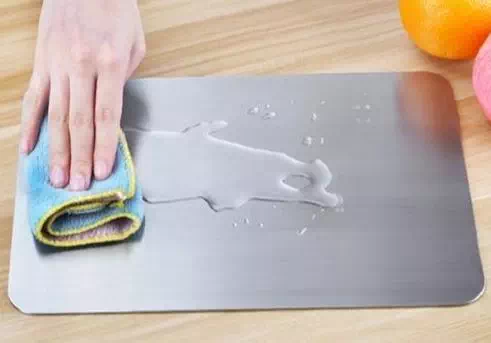
Stainless steel is one of the most suitable materials for cooking utensils because it is very durable and beautiful. But unlike non-stick pans, if used improperly, stainless steel cookware will stick to dirt, which is difficult to remove. It is important to clean your cookware regularly and learn how to effectively remove stubborn dirt. At the same time, you can also do some surface treatment on the stainless steel pot to make the surface difficult to adhere to the cooked food, so that it is much easier to clean.
Clean stubborn dirt
1 Clean the hard crust and bonding of the food left after cooking. If the stainless steel pot has a hard shell of food bonded together, soak the pot in warm soapy water for a few hours, or soak it overnight. Pour out the water and use a rough cleaning ball or cleaning block to vigorously scrape the stainless steel pot. This can remove most of the food crust and bonding.
Do not use iron wire balls or copper wire-based cleaning blocks-although these metal scraping balls or cleaning blocks can effectively remove food bonding, they can also cause scratches on the surface of the cookware.
2 Clean the burn marks left on the cookware. If your stainless steel cooker has burn marks, you may be able to use baking soda to remove it. Make sure the cookware is completely dry, then sprinkle a little baking soda on its surface. Use a dry cloth or sponge to rub the baking soda all over the surface of the cookware.
You can also add a little water to the baking soda to achieve a continuous paste effect.
If you still can’t wipe off the burn marks, you can try it with a cleaning block with moderate friction. Sprinkle an appropriate amount of baking soda on the bottom of the pot, add a little water, and make a paste. Wipe with a damp sponge, and then wash thoroughly. Now your stainless steel pot will look like new.
3 Remove water stains on stainless steel cookware. The water stains left on stainless steel cookware are actually traces left by the minerals in the water after the water evaporates, not by the water itself. If the mineral content in the water in your area is relatively high, water stains will appear more frequently. But at the same time, it should be noted that the fluoride added in the water treatment process will also cause water stains on stainless steel cookware. If you wipe the pot dry after washing it, there will be no water stains. If there is water stains, you can wipe the stainless steel pot with a little baking soda. Then rinse it off and wipe it dry with a clean cloth.
Or you can soak the pot in vinegar and clean it with a mild detergent and a soft cloth.
4 Use the boiling method to remove serious burn marks. If the burn marks of stainless steel cookware cannot be wiped off with soda or soap, then you can try to boil them off. Put enough water in the pot to cover the burn marks, and then bring it to a boil on the fire. Add a few tablespoons of salt to the water, turn off the heat, and wait a few hours. Pour out the water and use the cleaning block to wipe off the burn marks. If the burn marks are still there, you can repeat the process.
Only add salt after the water has boiled. If you add salt in cold water, it may affect the metal surface.
In addition to salt, you can also choose to add lemon juice or white vinegar. Another interesting method is to boil 100% tomato juice in a pot with burn marks. The natural acidity of tomatoes can help remove burn marks.
Surface treatment of stainless steel pot
1 Heat the pot. Heat the stainless steel pot over the fire with medium intensity until it is very hot. This heating process generally only takes 1 to 2 minutes.
2 Drizzle oil in the pot. After heating the stainless steel pan until it is very hot, turn off the fire or remove the fire source, add a spoon of oil (olive oil, coconut oil, peanut oil, etc.) to the pan, and turn the pan to spread the oil evenly in the pan. Heated.
3 Put the pot back on the fire. Continue heating the oil until it starts to smoke. After the pot is heated and oil is added, the molecules on the surface of the stainless steel will open to allow the fat in the oil to be embedded in the pot body, which is equivalent to adding a non-stick surface to the stainless steel cookware.
4 Turn off the fire source. Once the oil in the pot starts to smoke, turn off the fire and let the oil cool down completely. After the oil is cooled, the surface of the pan looks like a mirror reflection, which is considered a successful treatment of the stainless steel surface.
5 Pour out the oil. After the surface of the stainless steel pot is treated, pour the oil into a cup or other container. Wipe with a paper towel to remove the remaining oil on the inner surface of the stainless steel pot.
6 Maintain this non-stick layer. As long as you don’t use kitchen detergent to clean your stainless steel non-stick pan, the non-stick layer will remain for quite some time. In the process of cooking with this stainless steel pot, you still need to use a little more oil to supplement the consumption of non-stick layer grease.
Once the surface of the stainless steel cookware turns brown or yellow, you can use the above method to add a non-stick layer to the surface of the stainless steel.
General maintenance
1 Clean frequently. Buying a good set of stainless steel cookware is an investment, and you must maintain these pots and barrels to protect your investment. If possible, buy stainless steel cookware with copper or aluminum cores, or with copper or aluminum bottoms. These metals have better thermal conductivity than stainless steel so that individual hot spots can be avoided during cooking and the possibility of food sticking to these hot spots can be reduced.
2 Clean the stainless steel cookware every time you use it. Clean the stainless steel cookware immediately after using it to prevent marks and dry dirt from accumulating on the upper surface. If your pot has not been surface-treated, you can use kitchen detergent and hot water, and use the rougher side of the cleaning block to gently wipe clean.
If your pot has been surface-treated, rinse it with hot water and avoid soap. If necessary, use paper towels to remove excess grease.
Never use ammonia-containing cleaning products, and do not try to bleach your stainless steel cookware, because these chemical components will react with stainless steel and may cause damage or discoloration of stainless steel cookware.
Ideally, use cleaning products specifically designed for stainless steel to clean stainless steel cookware.
3 Dry the stainless steel cookware by hand. After washing, use a clean towel to dry each stainless steel cookware. Alternatively, you can also use a hairdryer to dry, but this will leave watermarks on the stainless steel surface.
4 Do not clean your stainless steel cookware in the dishwasher. Even though stainless steel cookware can be cleaned in a dishwasher, washing in a dishwasher will greatly shorten the service life of stainless steel cookware and affect their function.
If you have to use a dishwasher to wash stainless steel cookware, after washing out the dishwasher, immediately rinse with soda water, and then dry it with a clean soft cloth. This will prevent watermarks from forming.
5 Polish your stainless steel cookware. If you want to see your stainless steel cookware shine, you can use stainless steel polish to polish your cookware. Pour some polish on a clean soft cloth, and then wipe the stainless steel cookware.
You can use glass cleaner and paper towels or soft cloth to remove finger marks on the outer surface of stainless steel cookware.
Sometimes you can even use a ball of paper and non-abrasive cleaner or soda to wipe the outer surface of stainless steel cookware to remove minor scratches.
6 Clean the stainless steel knives. The best way to maintain stainless steel knives is to immediately use a paper towel or soft cloth to remove the food remaining on the knife after each use. This prevents the food from drying out on the knife and makes it difficult to remove.
When cleaning stainless steel knives, be careful not to get scratched. Hold the handle of the knife and wipe it along the length of the knife with a cloth. The movement must be gentle.


